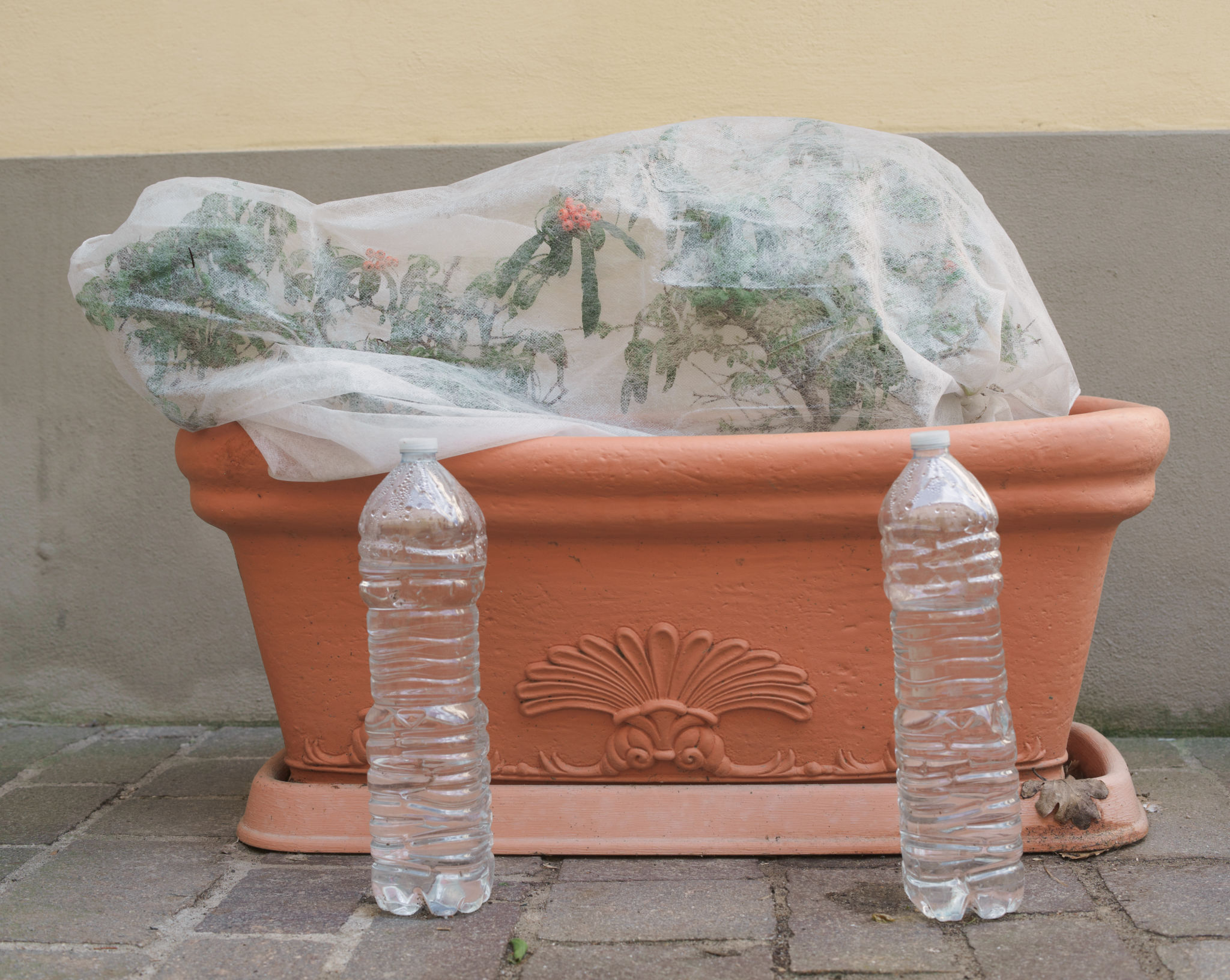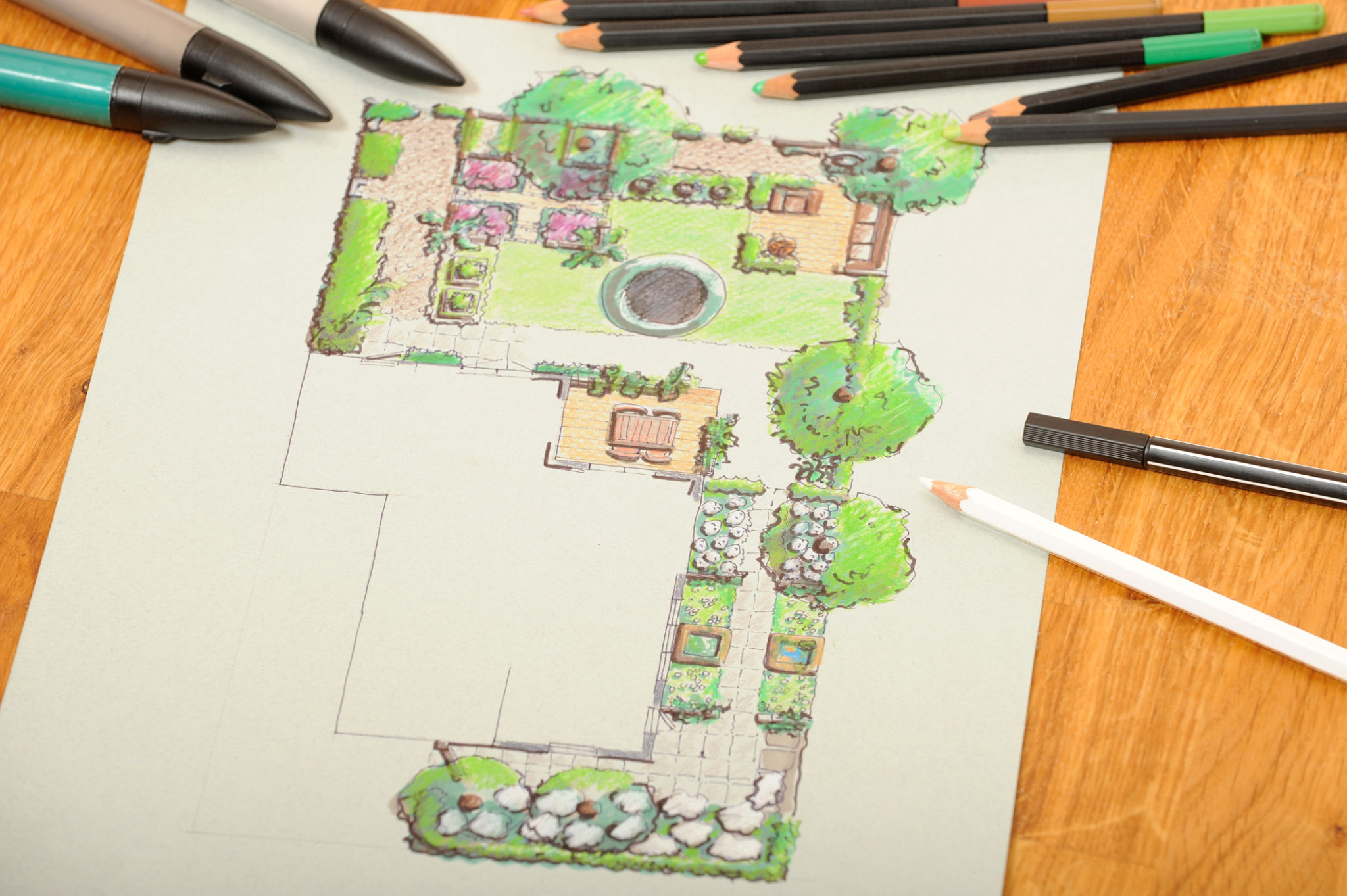How to Prepare Your Knutsford Garden for Winter: A Step-by-Step Guide
Assess Your Garden’s Needs
As the days get shorter and the temperatures drop, it's time to start thinking about preparing your Knutsford garden for winter. The first step is to assess the current state of your garden. Take a walk around and make note of any plants that may need special attention. Consider which plants are sensitive to frost and which will need extra protection during the colder months.
Keep an eye out for any signs of disease or pests that could persist into the next growing season. Addressing these issues now will help ensure a healthy garden in the spring. This is also a great time to think about any changes you might want to make to your garden layout or plant selection for next year.

Clear Away Debris
Once you have a good understanding of your garden's needs, it's time to clear away any debris. Remove fallen leaves, dead plants, and other organic matter that could harbor pests or diseases over winter. Doing so will also improve air circulation and reduce the risk of fungal infections.
It's equally important to trim back perennials and remove any annuals that have completed their life cycle. This will help your garden look tidy through the winter months and will make it easier to get started when spring arrives.

Protect Your Plants
Some plants in your garden may be more susceptible to cold weather than others. Protect tender plants by covering them with mulch, straw, or horticultural fleece. This will help to insulate the roots and retain warmth in the soil.
If you have potted plants, consider moving them indoors or to a sheltered location where they will be less exposed to harsh winds and frost. Alternatively, wrap pots with bubble wrap or burlap to provide an extra layer of insulation.

Prepare the Soil
Preparing your soil for winter is essential for the health of your garden. Start by adding a layer of organic matter such as compost or well-rotted manure. This will not only enrich the soil but also improve its structure, making it easier for roots to grow in the spring.
Consider covering your soil with a layer of mulch. This will help prevent erosion and reduce weed growth, while also keeping the soil temperature more consistent. Mulching is particularly beneficial for vegetable gardens and flower beds.
Plan for Next Year
Winter is the perfect time to start planning for next year’s garden. Reflect on what worked well this year and what didn't. Make notes about plants you’d like to try and any new design ideas you have.
Consider ordering seeds early to ensure you have everything you need when spring arrives. Planning now will save you time and effort when the busy planting season begins.

Final Touches
As you finish preparing your garden for winter, take some time to clean and store your gardening tools properly. This will help prolong their life and ensure they are ready for use when needed.
Finally, consider adding some winter interest to your garden with hardy plants, evergreens, or decorative elements like bird feeders or sculptures. This will keep your garden looking beautiful even during the colder months.
By following these steps, you'll be well on your way to having a garden that's not only ready for winter but also primed for a vibrant spring revival.
